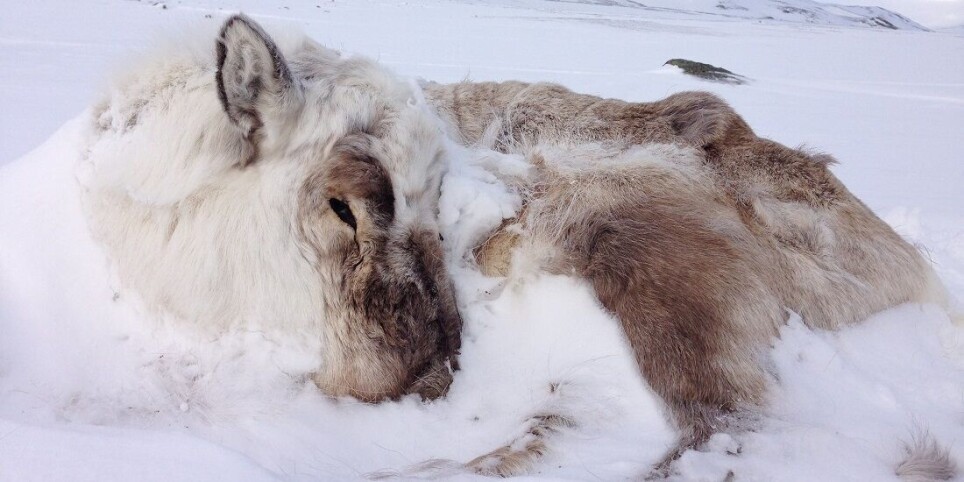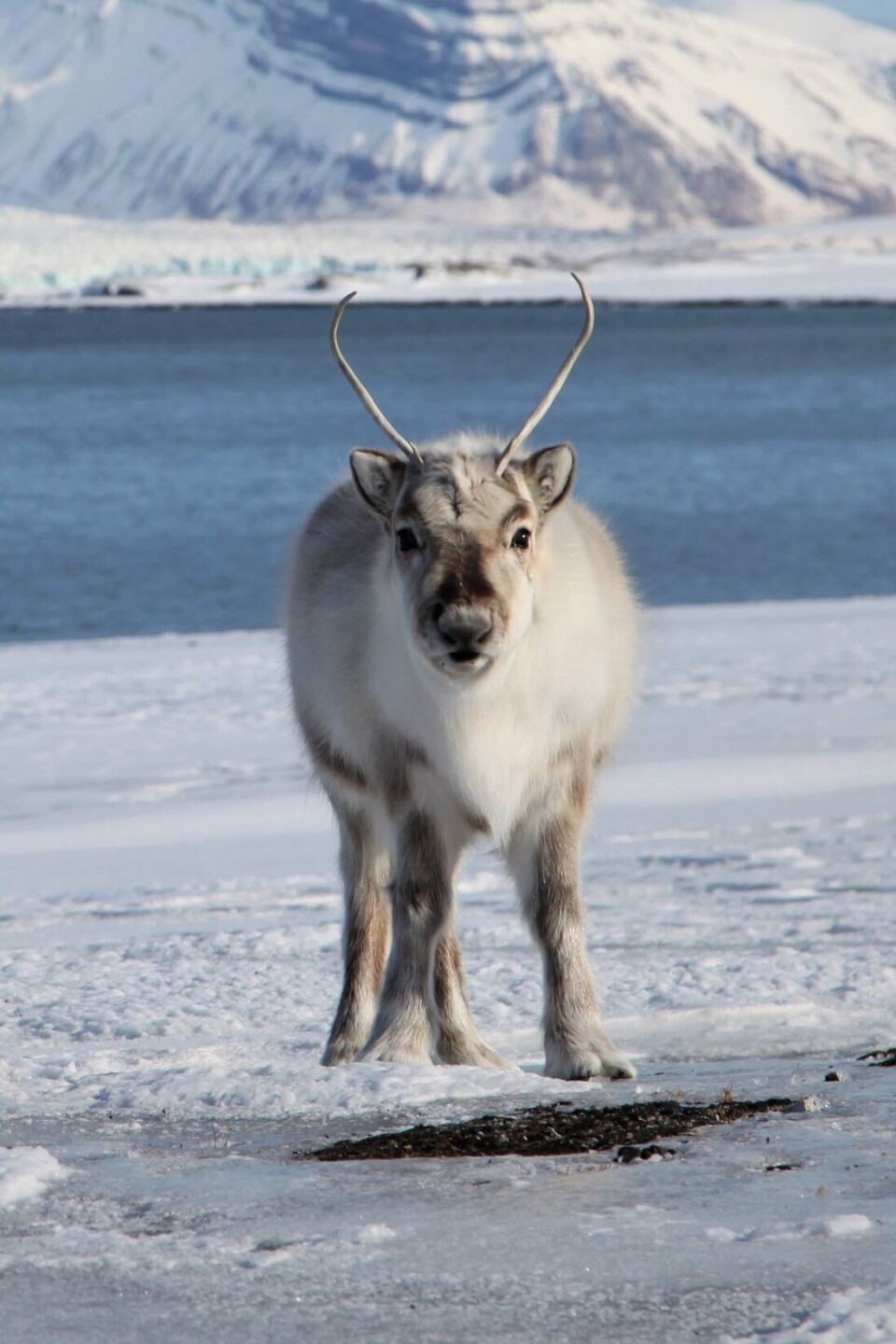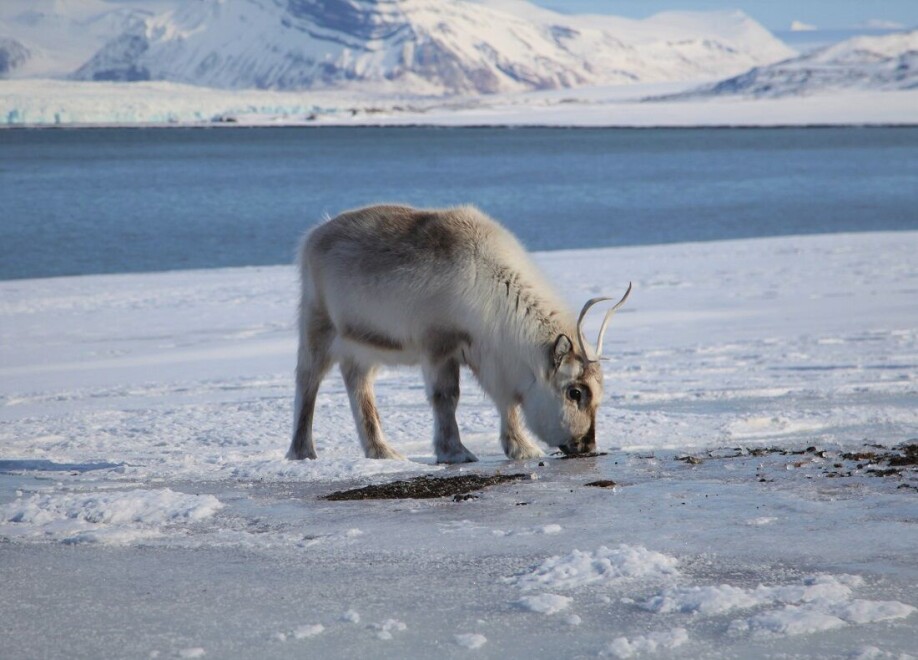THIS ARTICLE/PRESS RELEASE IS PAID FOR AND PRESENTED BY NTNU Norwegian University of Science and Technology - read more

Hunting can be good for wildlife populations
Hunting or other wildlife regulations can make a population more viable – if done correctly.
This may sound counterintuitive, but reducing the number of animals in a population can help the remaining individuals to survive through the winter.

“Harvesting or other means of regulating an animal population can sometimes have a positive effect by reducing the competition for food,” says Bart Peeters, a postdoctoral fellow at NTNU’s Department of Biology.
This only makes more sense for species limited by food availability. The results of the study have been published in the journal Ecology Letters and could prove useful in managing various species.
Reindeer and other species
Peeters and his colleagues used statistical models and simulations to assess the consequences of reducing an animal population by regulated hunting. Several of these models are transferable to other species, and one of them is specially developed for Svalbard reindeer.
“Poor winter grazing conditions, such as thick snow cover or ice on the tundra, increase the competition for food. This has little impact when the population is small and few animals are competing for food. But in larger populations, a lot of animals will starve to death when bad weather conditions reduce available resources,” Peeters says.
The combination of extreme weather conditions and high population density, or overgrazing, can in the worst case lead to a population collapse, when few or none of the animals get enough to eat.
“Regulated hunting can have a positive effect since it reduces the number of animals before winter, so fewer animals need to compete for food then,” Peeters says.
“By harvesting a number of animals through fall hunting, we reduce the population density and can avoid the amplified effect of poor winter grazing conditions. Hunting results in better conditions for the animals that survive the hunt. More animals will survive the winter, and a greater number will produce calves the next summer,” says Professor Brage Bremset Hansen.
Bremset Hansen is the project manager from NTNU’s Centre for Biodiversity Dynamics and the Norwegian Institute for Nature Research (NINA), one of several project partners. The project is financed by the Research Council of Norway.
The study findings can be transferred to other species with limited food resources that are strongly impacted by weather conditions. Examples might be other deer species that are affected by snow depth or species where the food resources and access to water can be affected by drought.

Only low levels to intermediate levels of harvesting
This approach won’t work with a very large harvest.
“We show that bad weather conditions can severely reduce a population with a high density of animals. But harvesting as little as 5 to 10 per cent of a population can reduce the mortality that would otherwise be result from these bad weather conditions,” Peeters says.
You could actually end up with a larger population at winter’s end than if hunting had not taken place. Unless you harvest too many animals.

Useful for wildlife management
In recent years, milder and rainier winters on Svalbard have repeatedly led to ice cover on the tundra – and sometimes, problems for reindeer.
“If the population density is high or the tundra is overgrazed, the competition for food will be even greater in tough snow conditions. This is especially true when winter rain leads to a thick ice cover on the ground,” says Peeters.
This phenomenon is happening more and more often on Svalbard and has also occurred on the Finnmarksvidda in northernmost Norway.
Determining how many animals should be harvested by hunting to avoid a population crash depends on the grazing conditions and the population size. Unfortunately, predicting whether a winter will be bad or not is not so simple.
“Nevertheless, sustainable regulation through moderate hunting or other means of harvest can be a preventive measure to avoid high mortality, low production and sharp population declines under adverse grazing conditions,” Peeters said.
Reference:
Bart Peeters et.al.: Harvesting can stabilize population fluctuations and buffer the impacts of extreme climatic events. Ecology Letters, 2021. (Summary)
See more content from NTNU:
-
Social media is connected to cyberbullying – but not how we thought
-
Forskere ved NTNU får nesten 24 millioner av EU for å lage nye strømomformere
-
This helps the youngest children enjoy school more
-
Can we tap the ocean’s power to capture carbon?
-
Researchers have uncovered major problems in Norway's salmon industry
-
Why ChatGPT is bad at imitating people





































